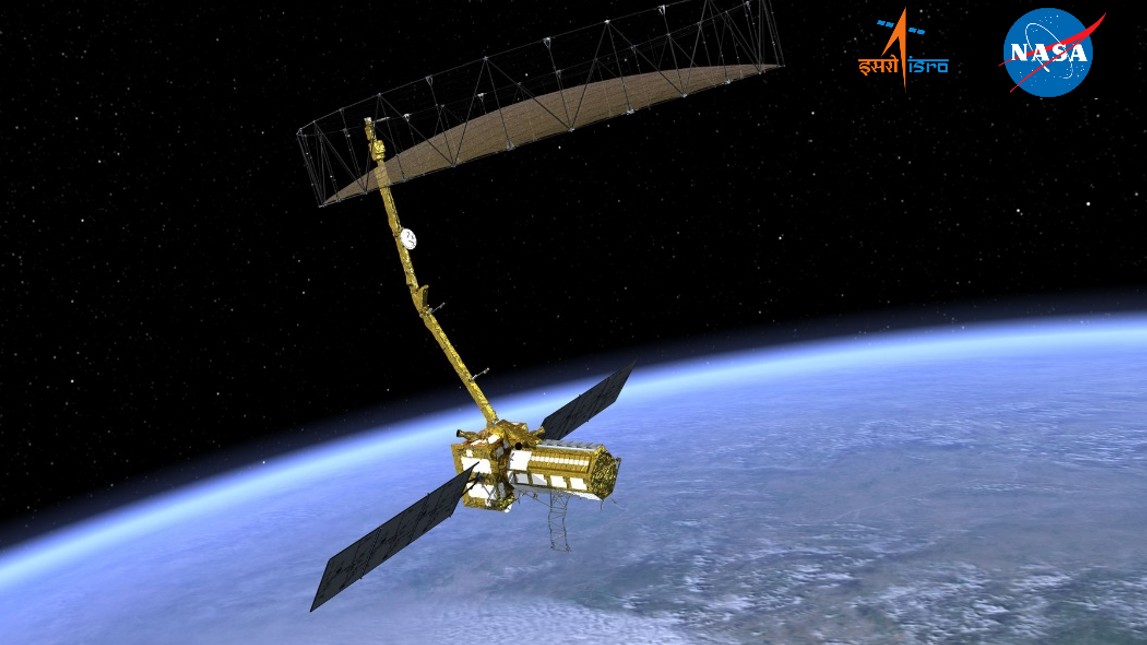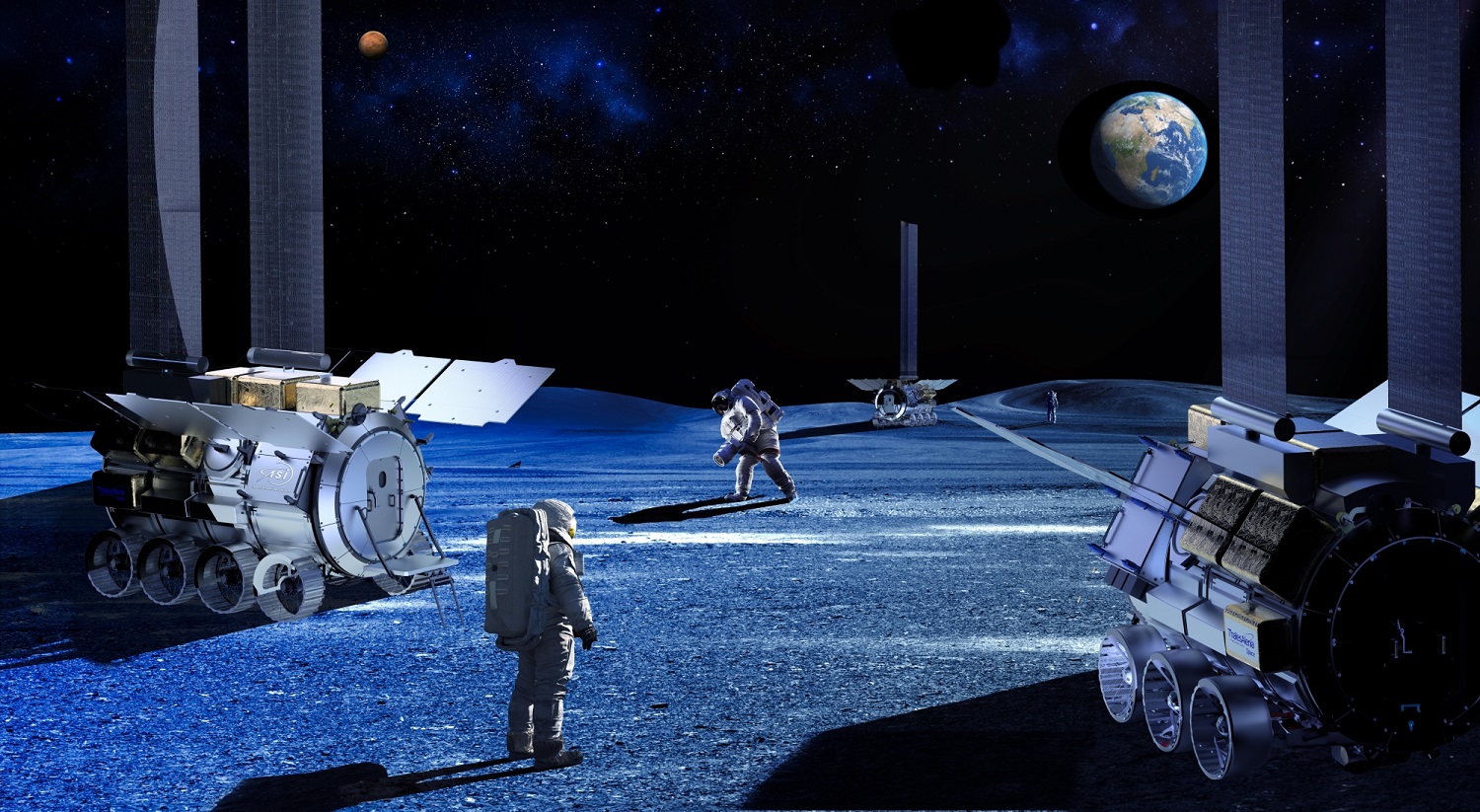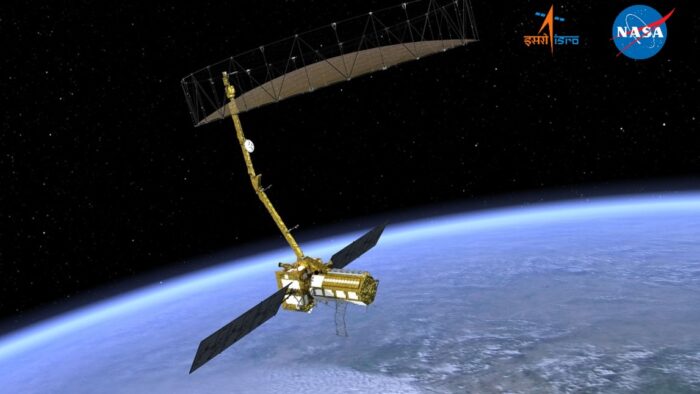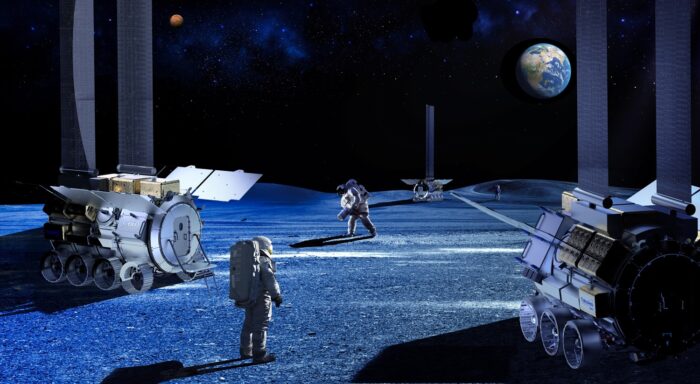Insider Brief:
- ISRO will launch three new satellites—NVS-03, NVS-04, and NVS-05—by 2026 to restore full functionality to India’s regional navigation system, NavIC.
- Only four of the original IRNSS satellites remain operational, prompting efforts to reduce reliance on foreign systems and strengthen national navigation infrastructure.
- India and the U.S. will launch the jointly developed NISAR Earth observation satellite on July 30, offering open-access data for climate, agriculture, and disaster management worldwide.
- Space Insider tracks space tech news in real time and delivers trend-driven insights to help decision-makers invest, partner, and innovate in the space industry. See how our data can work for you.
PRESS RELEASE — India is taking steps to strengthen its satellite infrastructure on two fronts: expanding its indigenous navigation satellite system and launching a major Earth observation mission in collaboration with the United States.
According to a recent post from Indian Express, the Indian Space Research Organisation (ISRO) will launch three additional satellites for its Indian Regional Navigation Satellite System (IRNSS) by 2026. The first of these, NVS-03, is slated for launch by the end of this year, with NVS-04 and NVS-05 to follow at six-month intervals. The announcement was made in a written response to Parliament by Union Minister of State for Space Dr. Jitendra Singh.
IRNSS, also known operationally as NavIC (Navigation with Indian Constellation), was originally envisioned as a seven-satellite constellation providing navigation coverage over India and a 1,500 km radius around it. While 11 satellites have been launched to date, only four are currently operational. Two satellites failed to reach their intended orbits, and one, NVS-02, launched in January during ISRO’s 100th mission, suffered a technical malfunction during orbit-raising and could not be placed in its designated slot.

The new batch of satellites will help restore full functionality to the NavIC system, which provides regional positioning services similar to GPS and Galileo but tailored for Indian strategic and civilian use. The move comes amid broader efforts to reduce reliance on foreign navigation systems and enhance resilience for national security, transportation, and disaster response.
Meanwhile, India is also preparing for the upcoming launch of the NASA-ISRO Synthetic Aperture Radar (NISAR) mission, scheduled for July 30 at 17:40 IST from the Satish Dhawan Space Centre in Sriharikota. As reported by DD News, this joint initiative between NASA and ISRO is a milestone in international Earth observation cooperation and space technology transfer.
NISAR is the first Earth observation satellite co-developed by the two agencies, with a combined investment exceeding $1.5 billion. The 2,392-kg satellite will be deployed into a sun-synchronous orbit aboard the GSLV-F16 rocket—the first time India’s GSLV has been used for this orbital configuration. The satellite’s payload includes dual-frequency synthetic aperture radars: an L-band SAR supplied by NASA and an S-band SAR developed by ISRO, mounted on a 12-meter deployable antenna.
The mission will provide global revisit data every 12 days, enabling frequent observation of Earth’s land and ice surfaces. With an open-data policy, NISAR will make its data publicly available within 24 to 48 hours, and in near-real time during emergencies. This capability is expected to support applications in climate monitoring, agriculture, and disaster management across both developed and developing countries.
Describing the launch as a “defining moment in India-US space cooperation,” Dr. Jitendra Singh emphasized the broader impact of the mission. “NISAR will not only serve India and the United States but will also provide critical data for countries around the world,” he stated. The initiative is seen as a tangible example of India’s growing participation in global science efforts and its evolving role as a technology partner to the international community.
Space tech news alerts like this one are monitored in real-time by the Space Insider intelligence engine.
Space Insider is the go-to intelligence platform for decision-makers seeking to invest in space, partner in space, or apply space technology. By contextualizing this information through trend analysis and structured content, we help our audience stay ahead in a rapidly evolving market. See how our data can work for you.
Cierra Choucair
Cierra Choucair is a journalist and data analyst at Space Insider, where she covers emerging technologies and the frontier edges of deep tech, including space. With a background that blends scientific analysis, strategic communication, and product storytelling, she translates technical complexity into actionable insight across research, startups, and policy.
Share this article:









